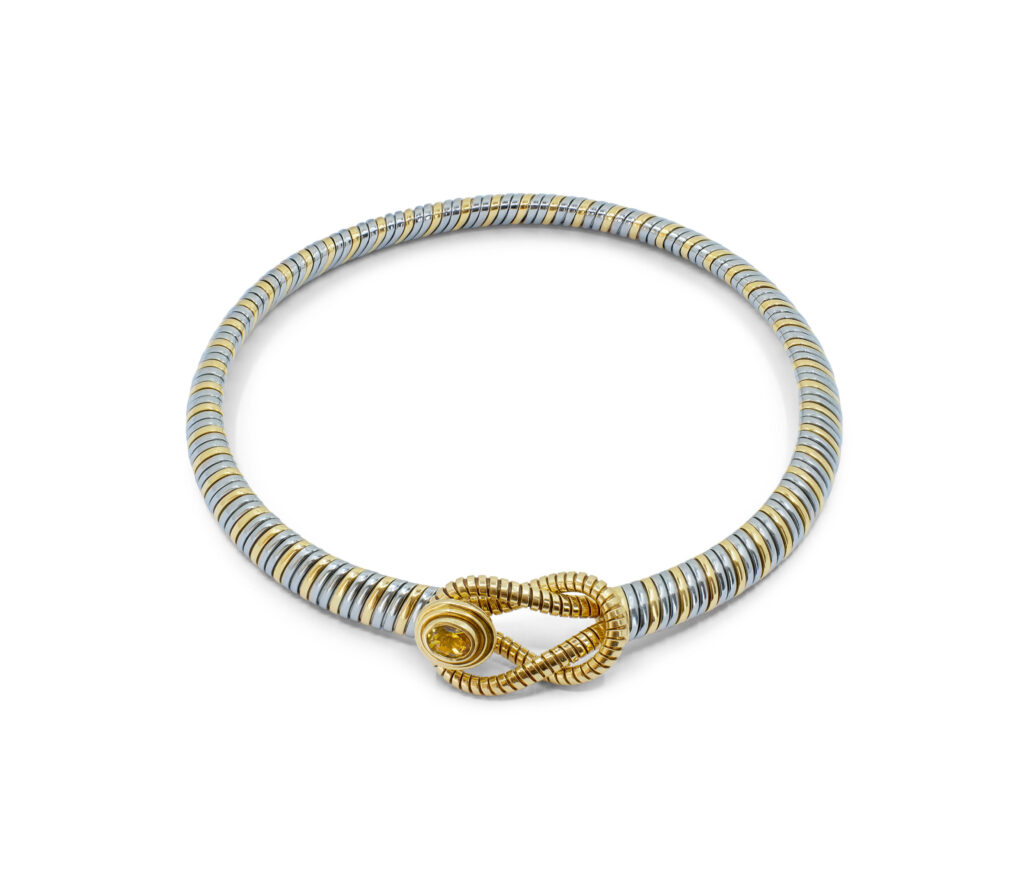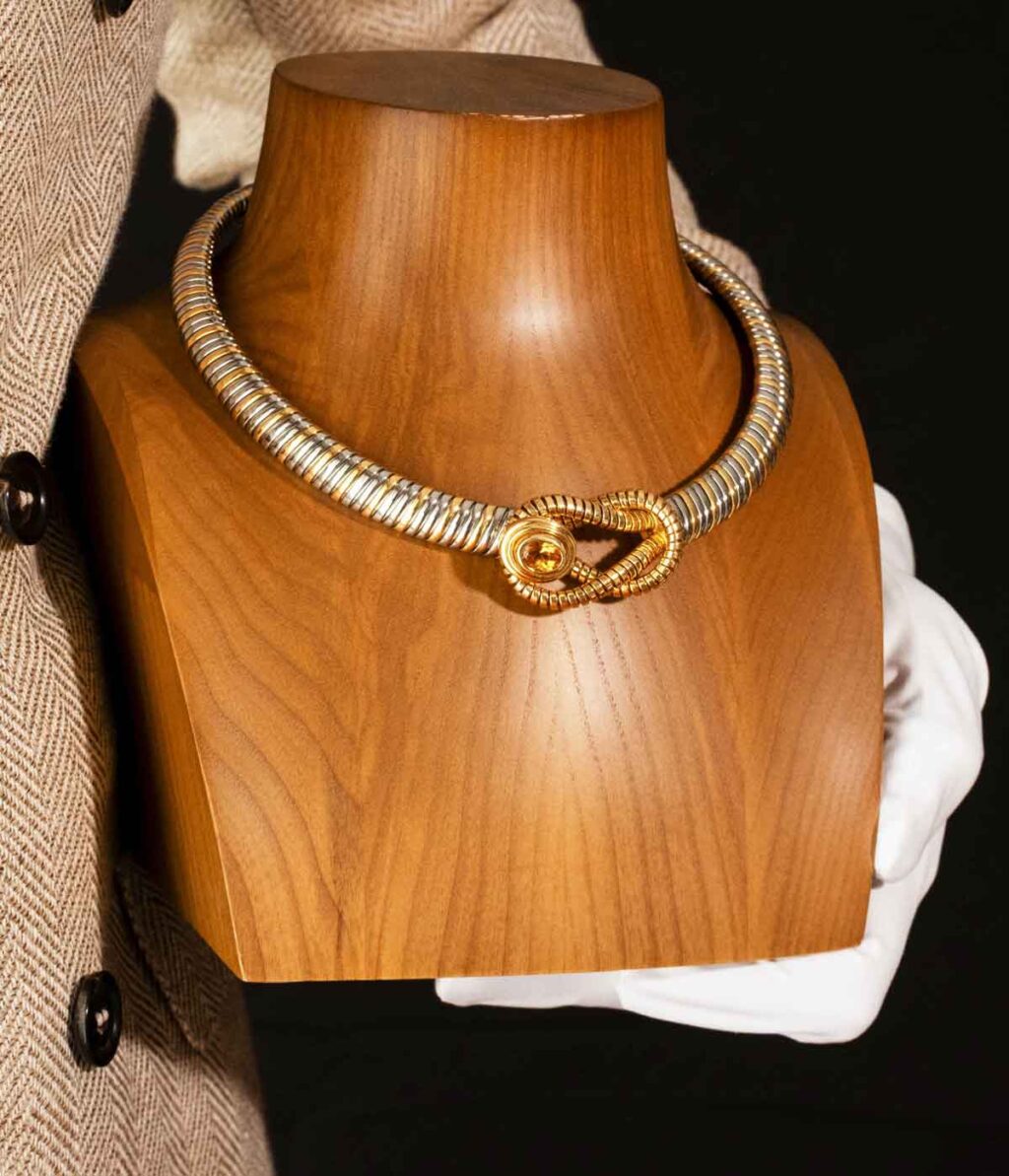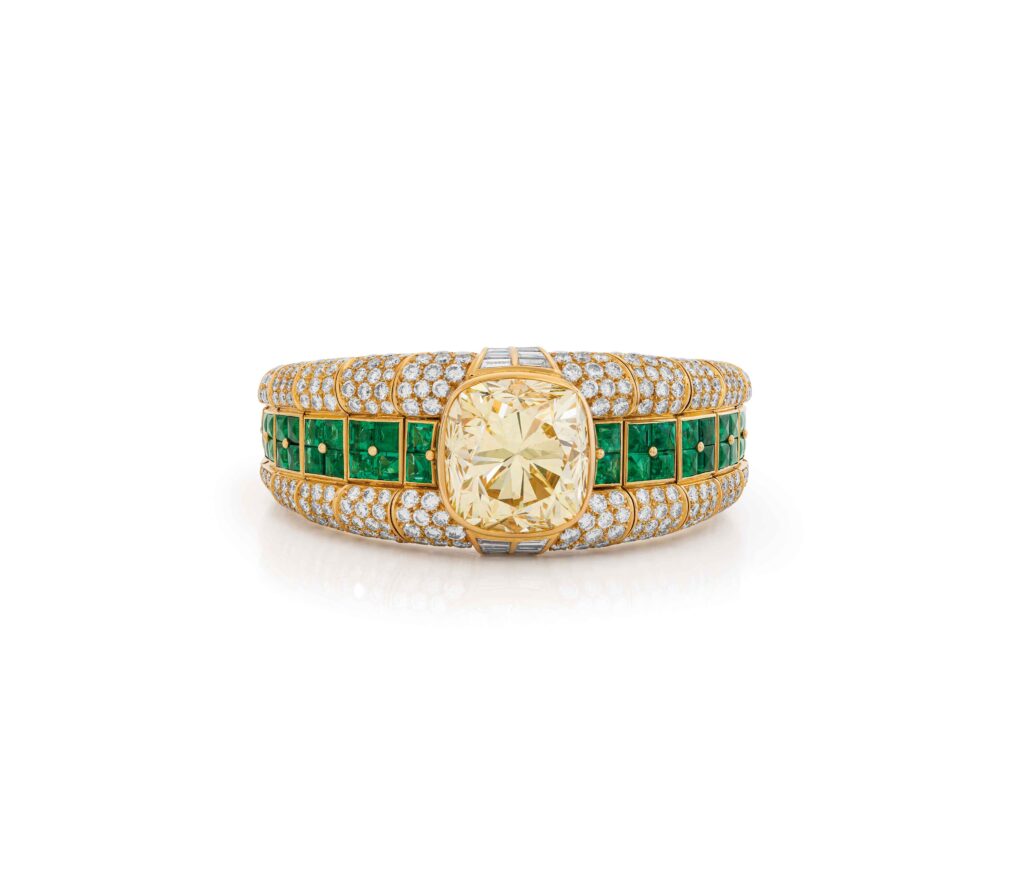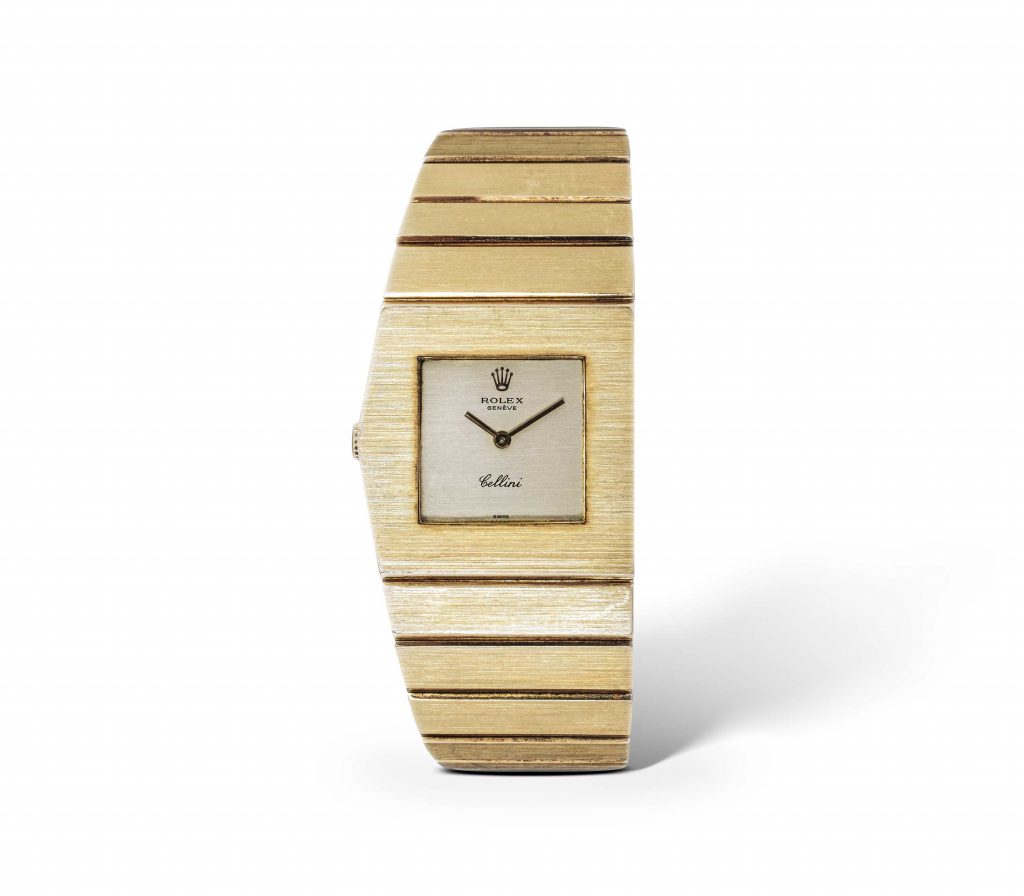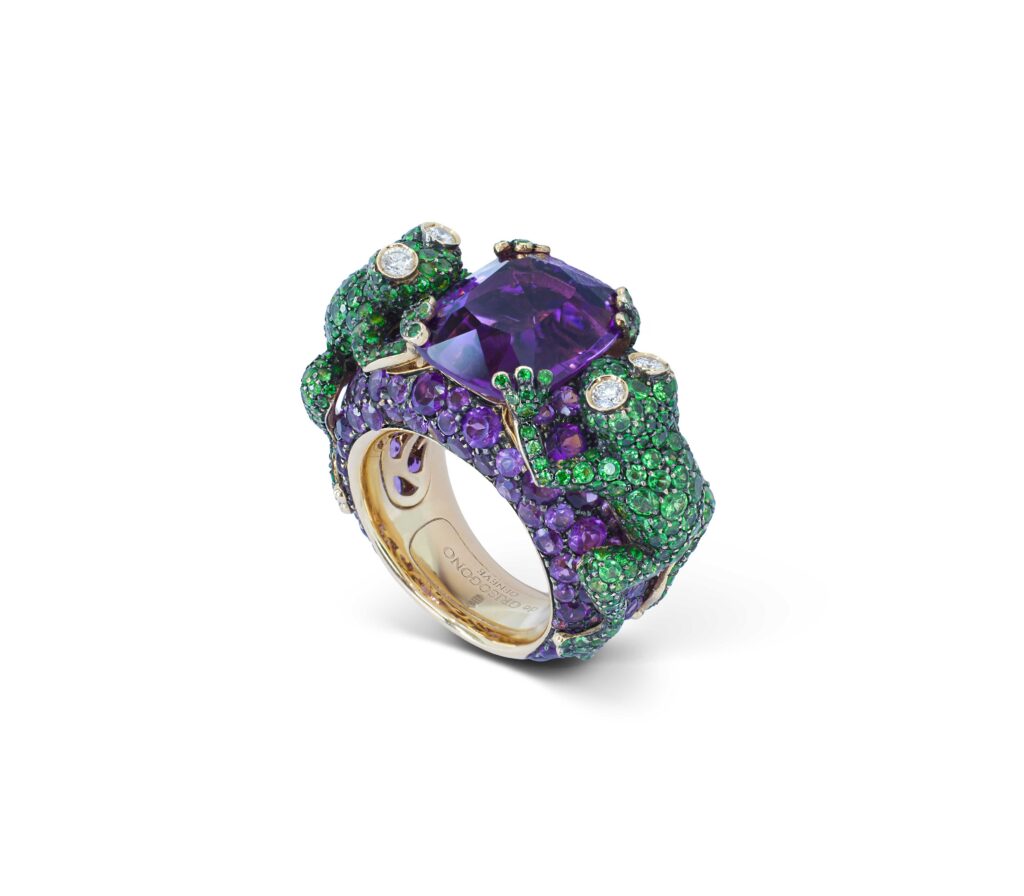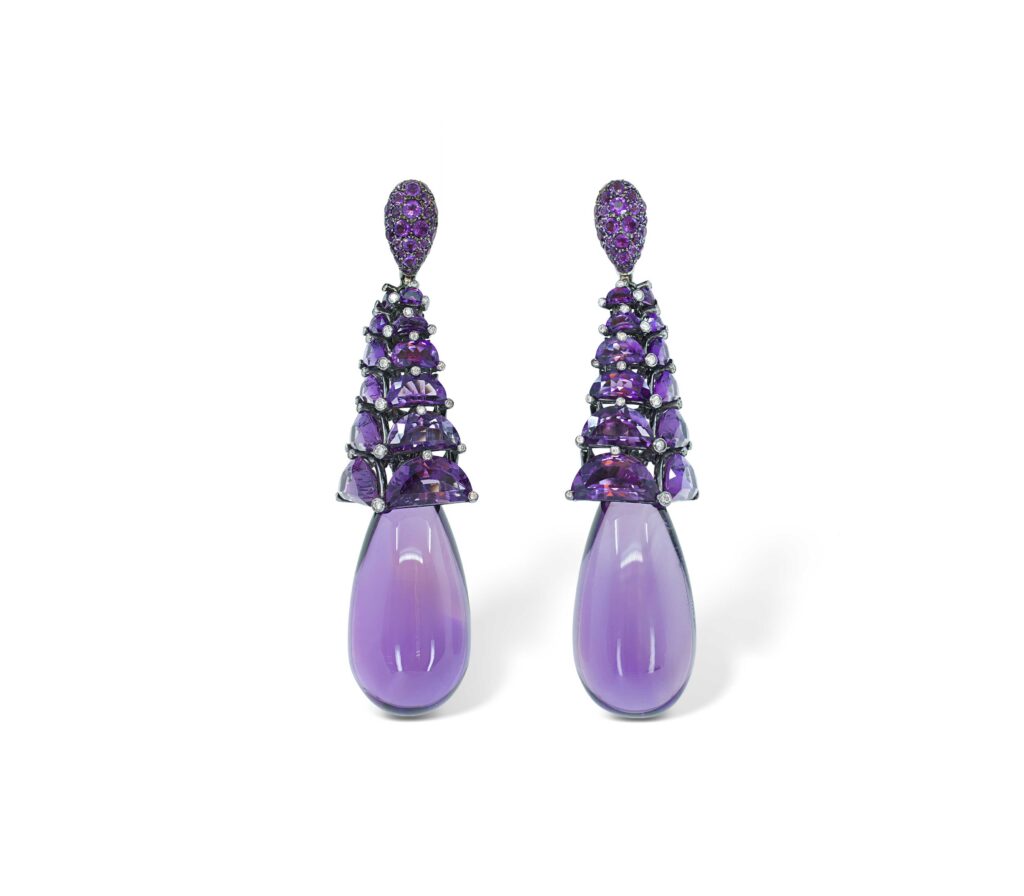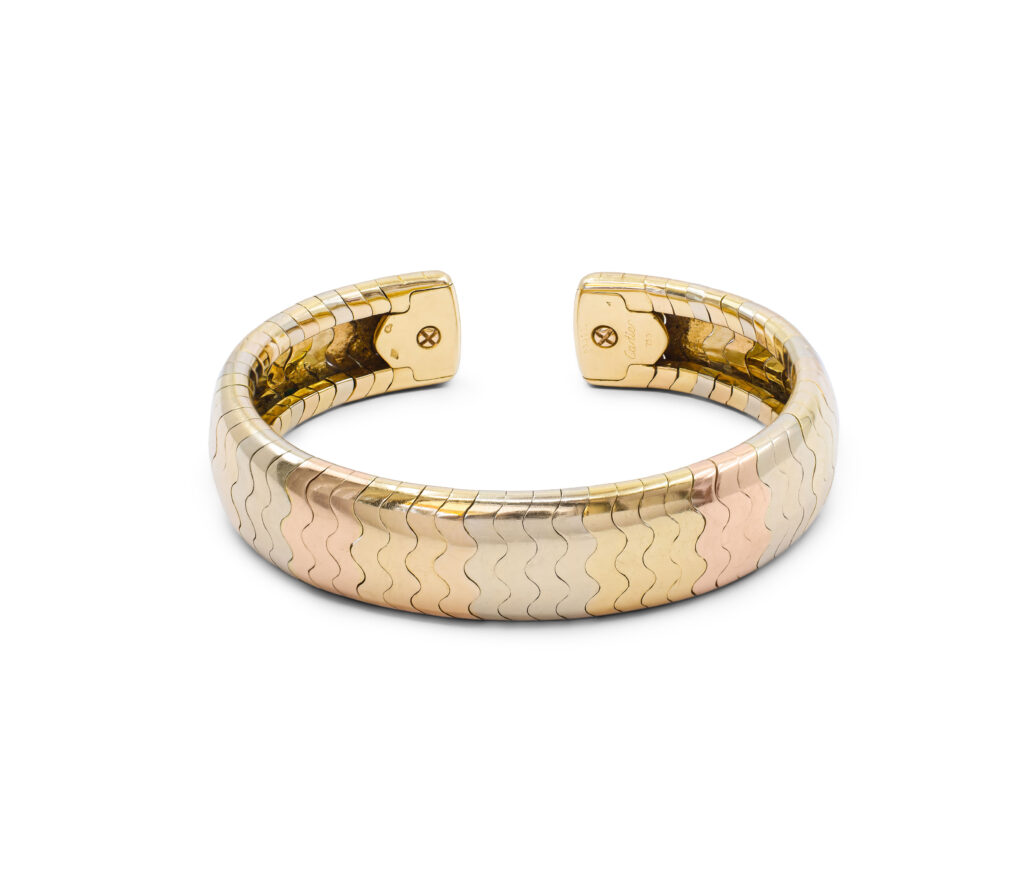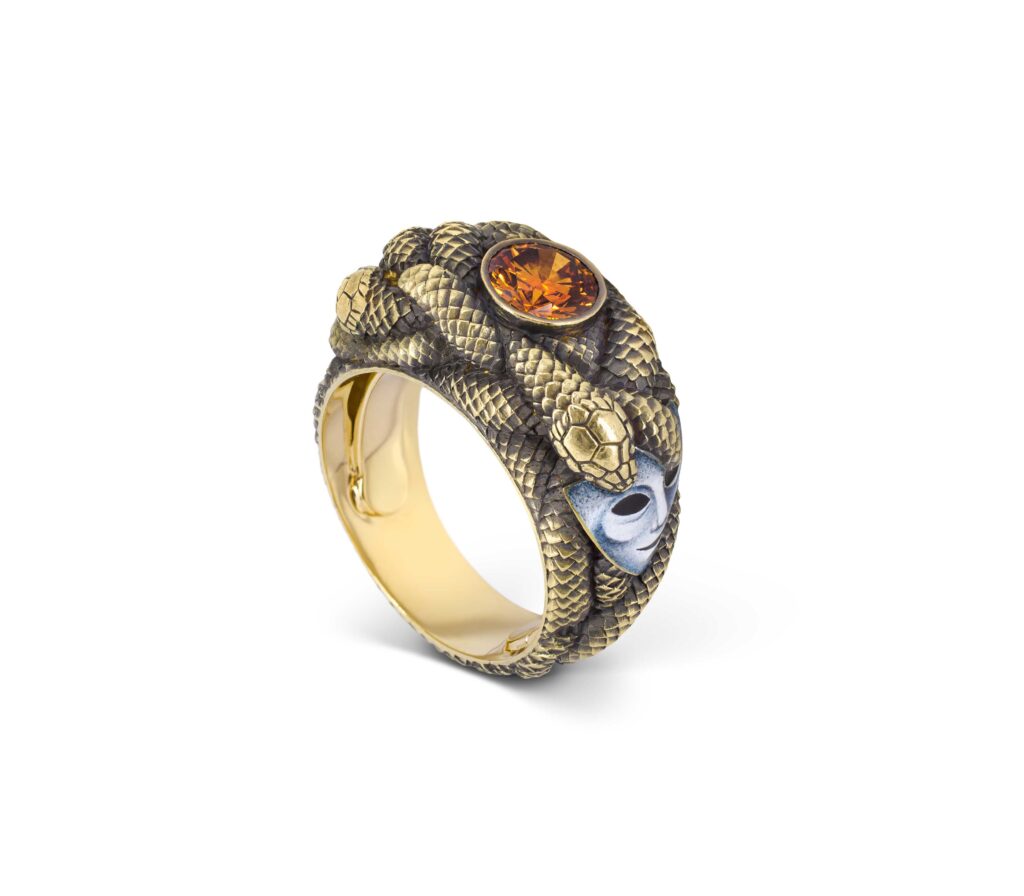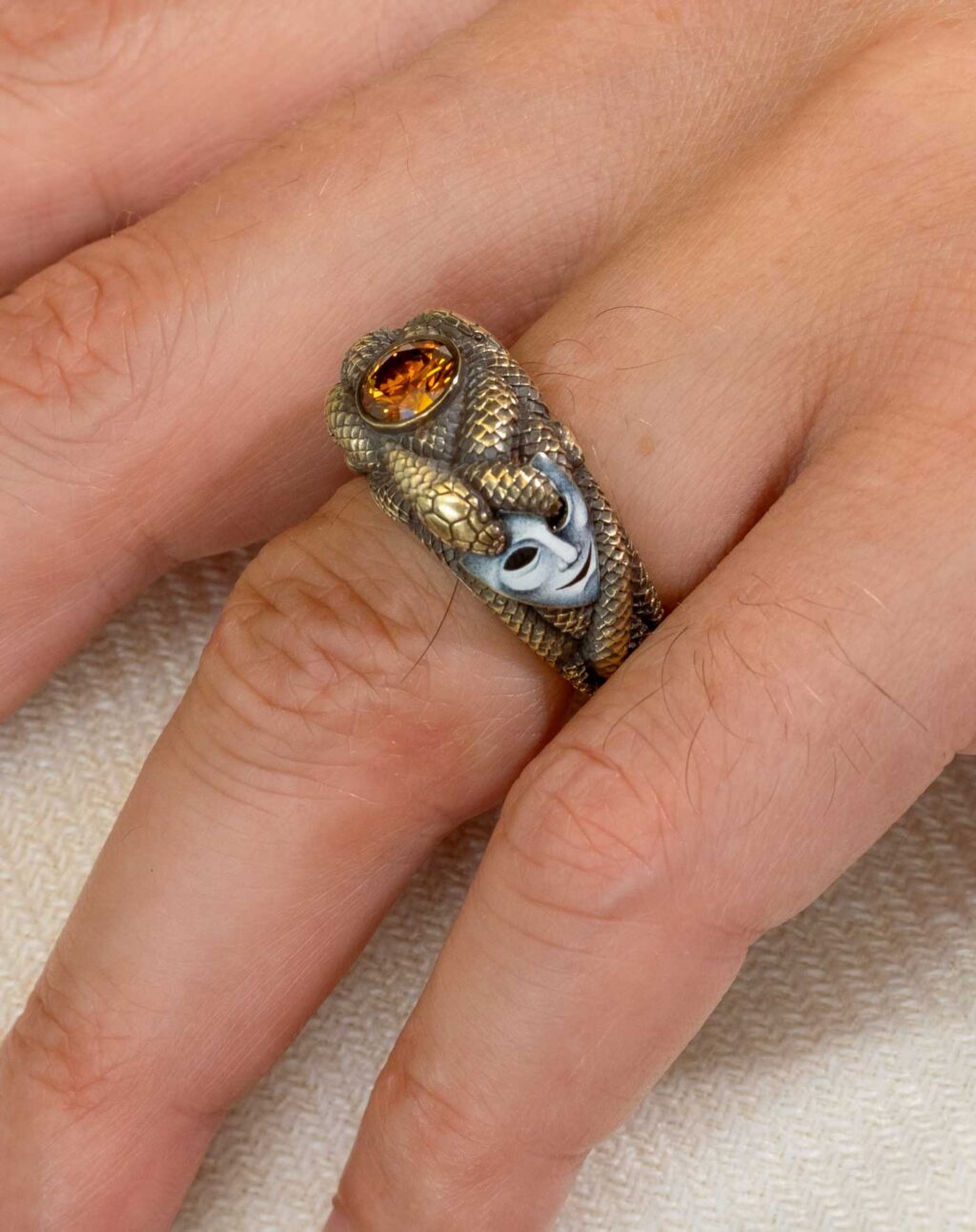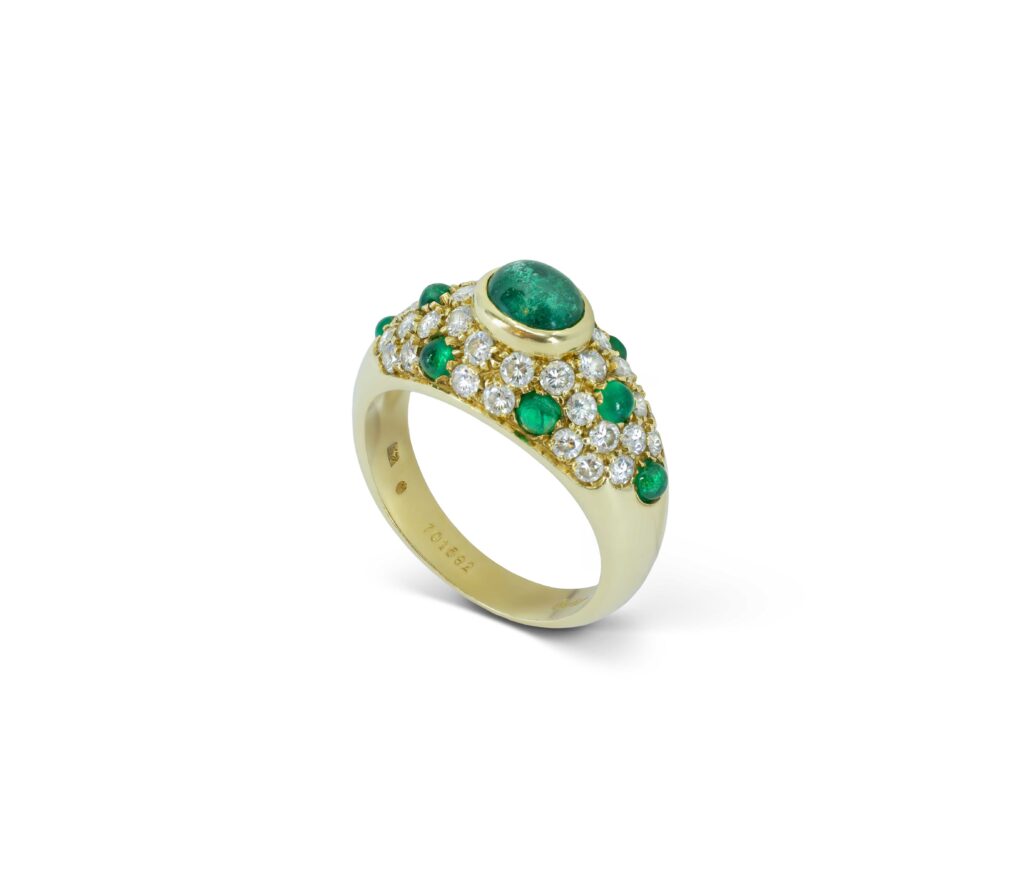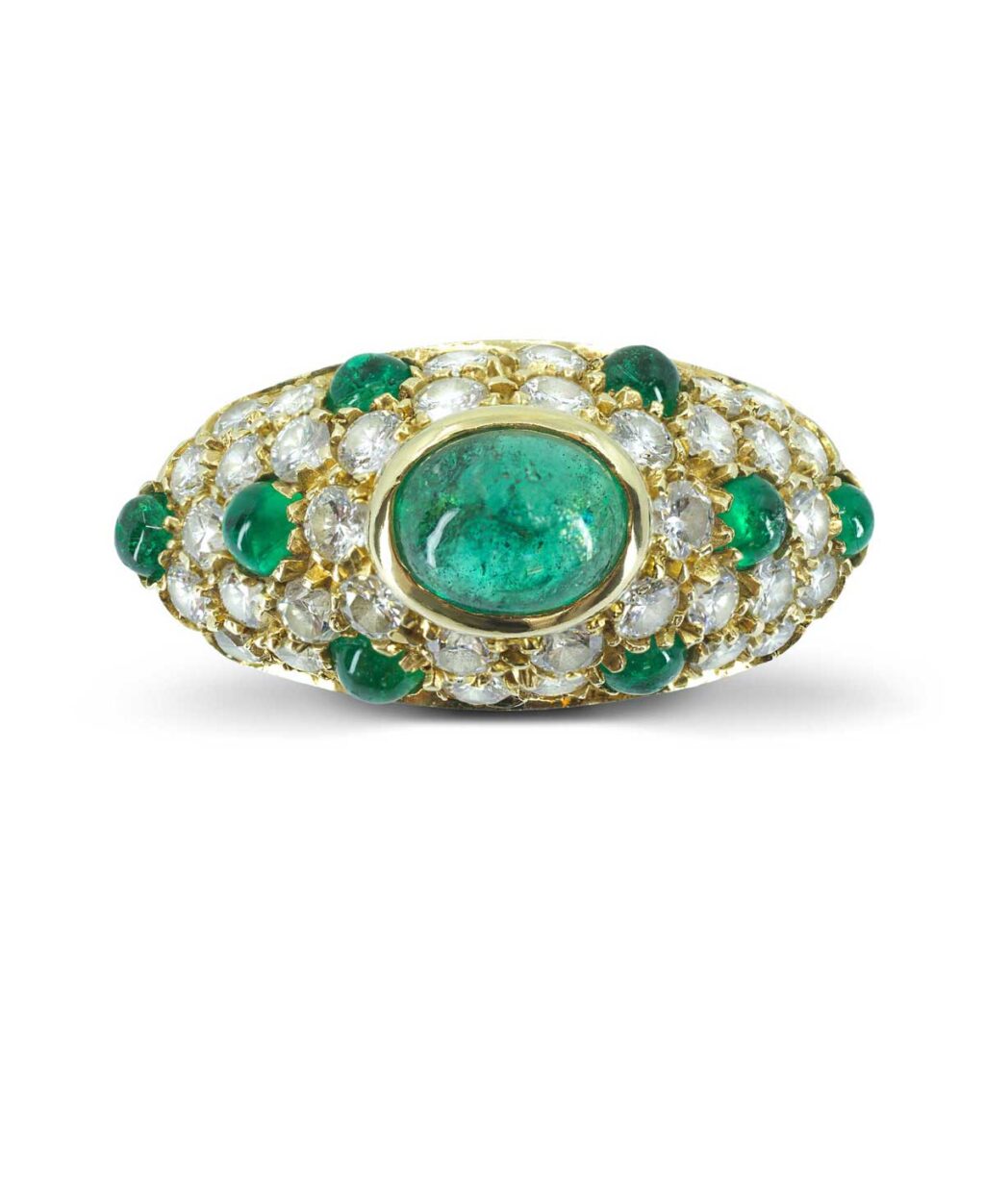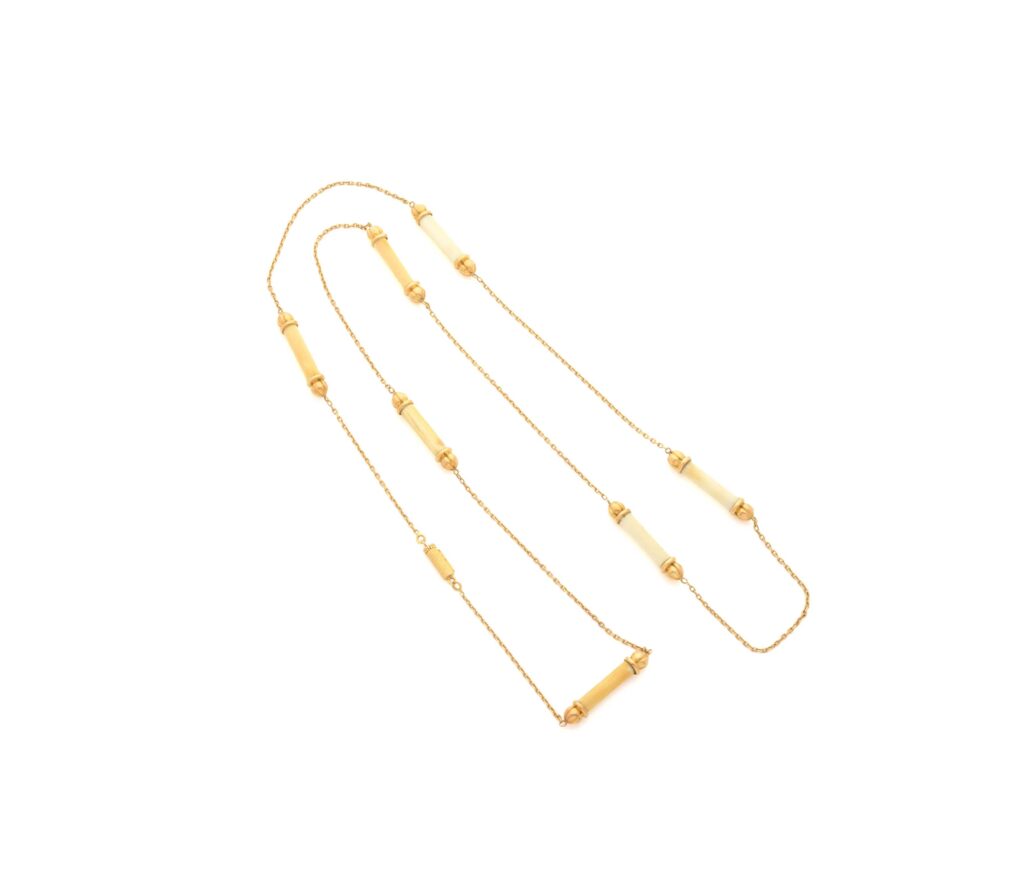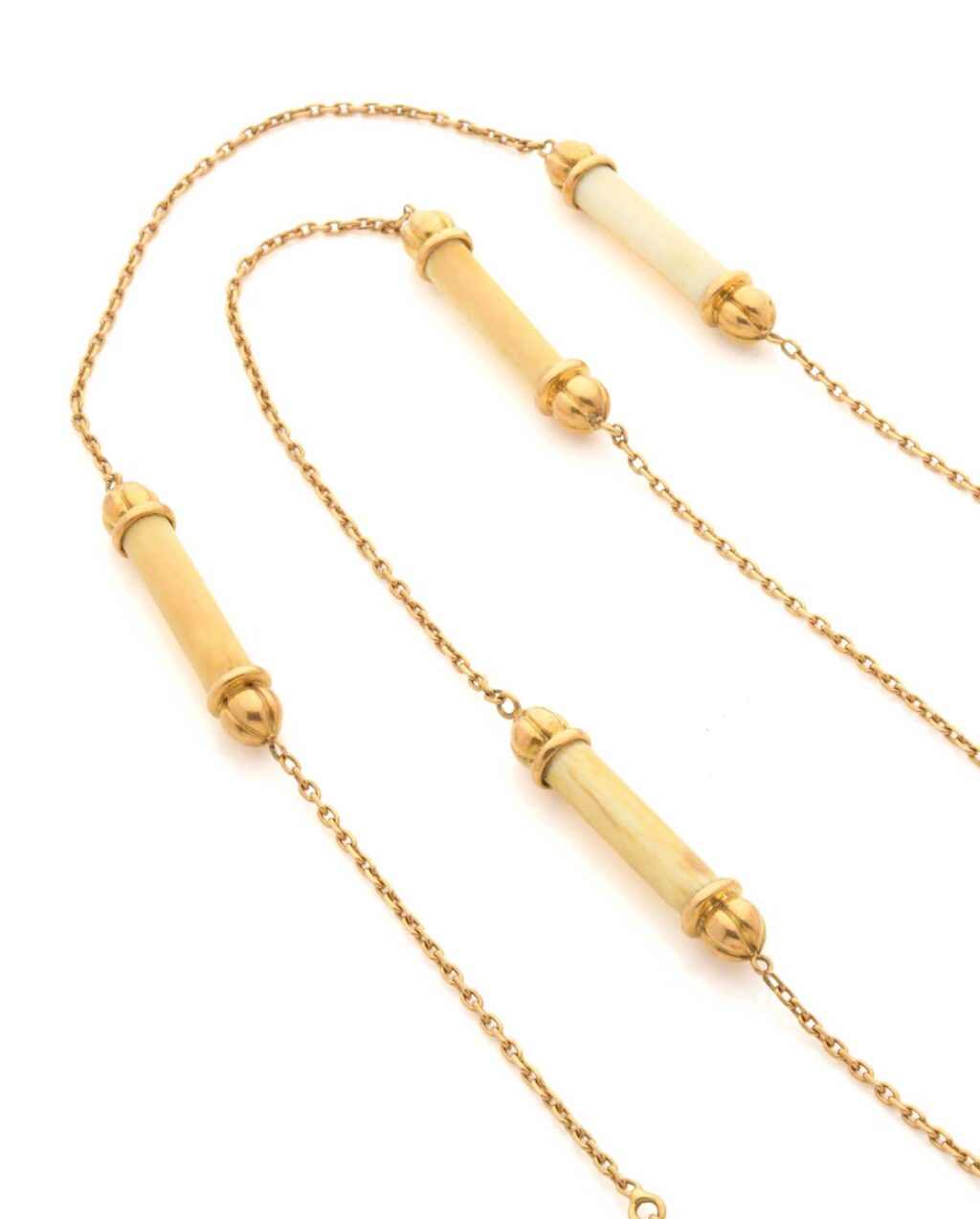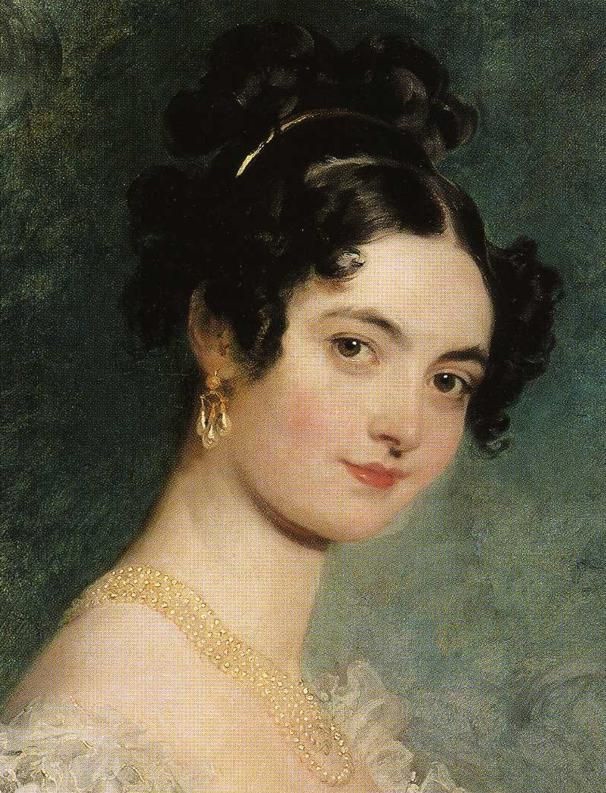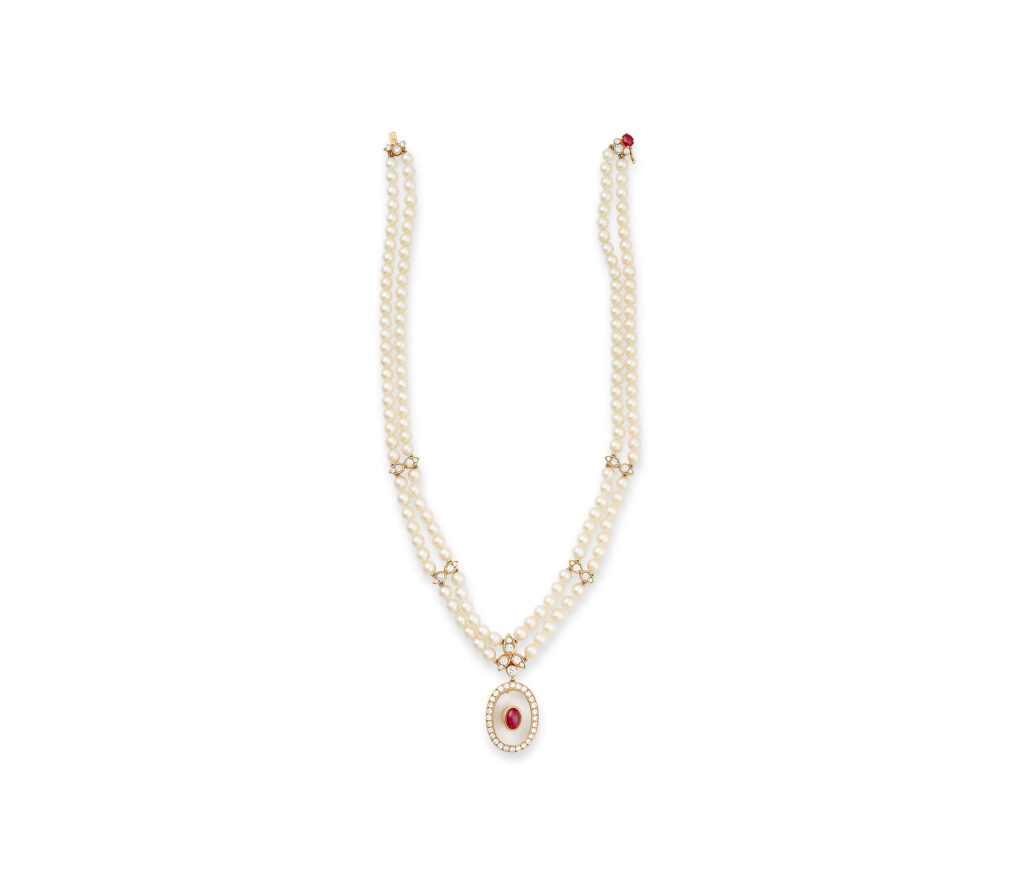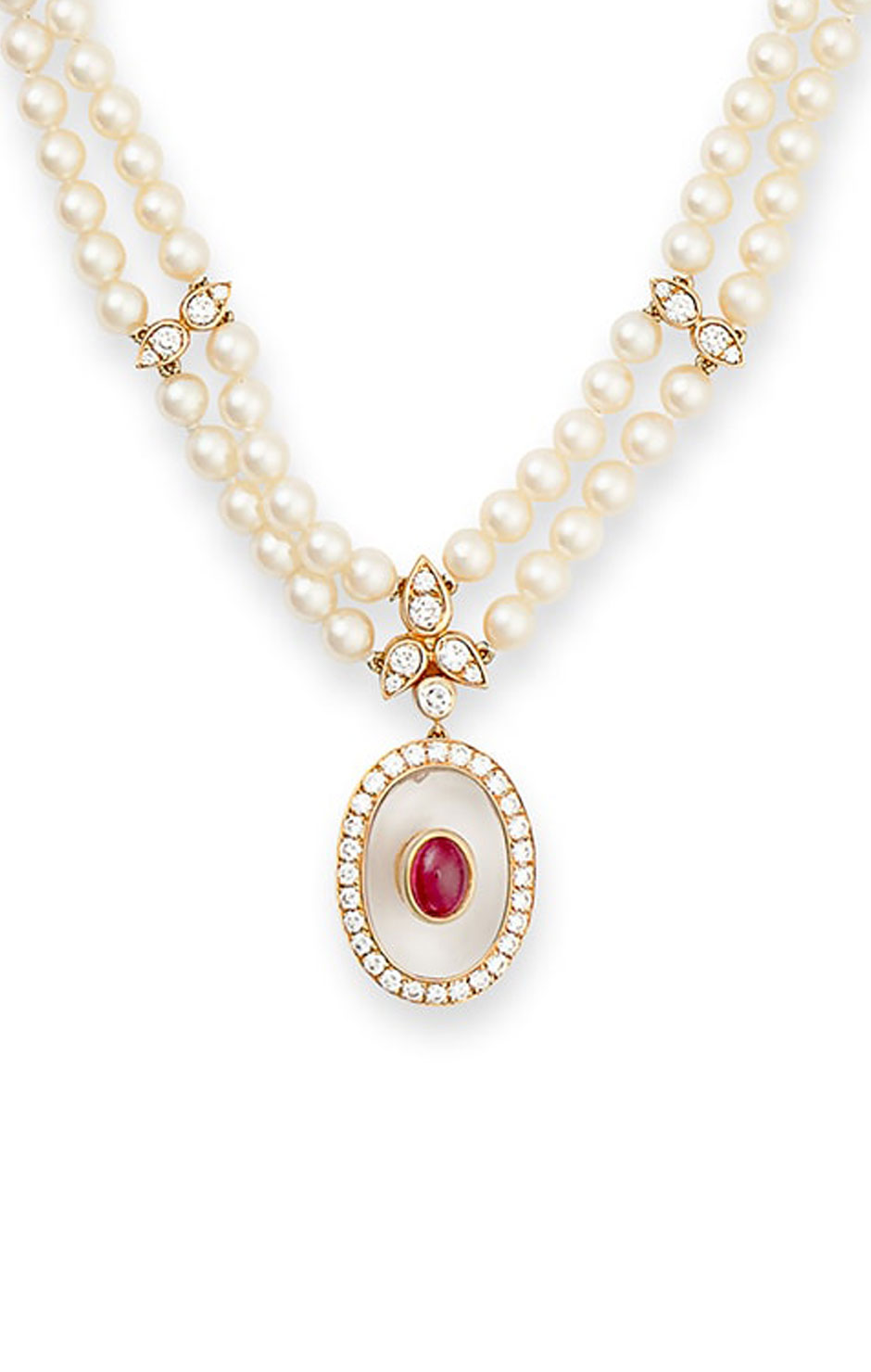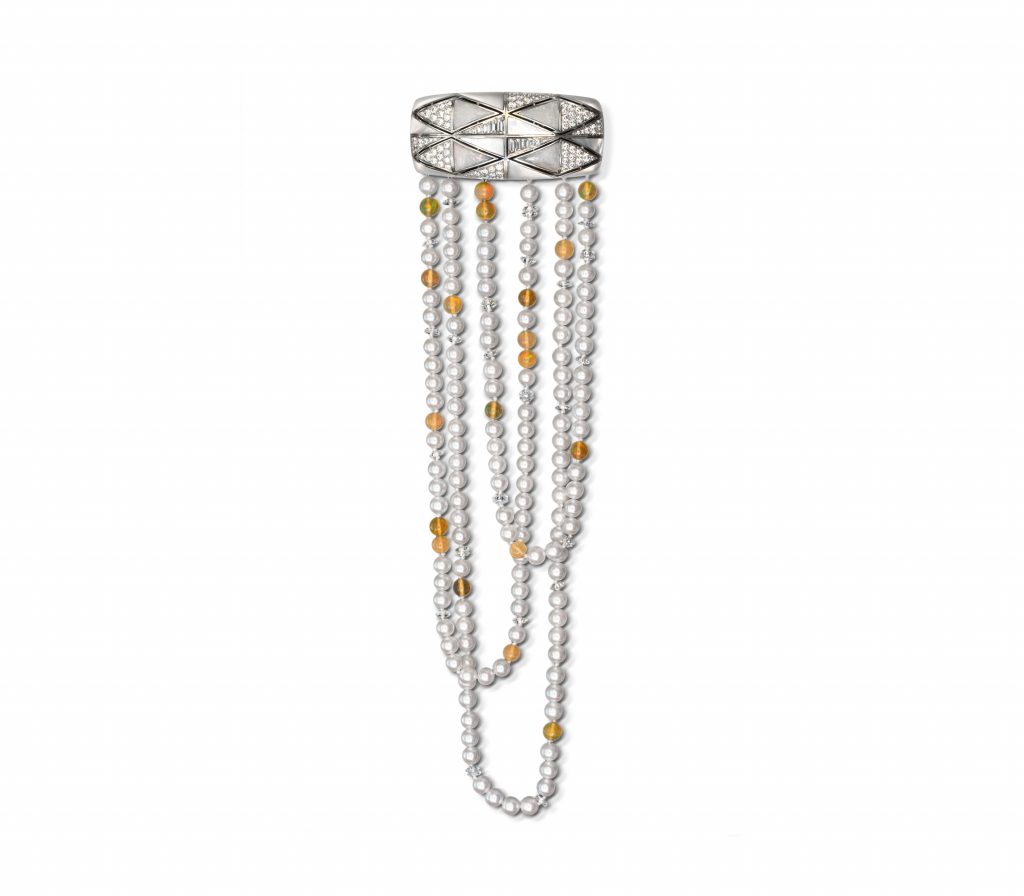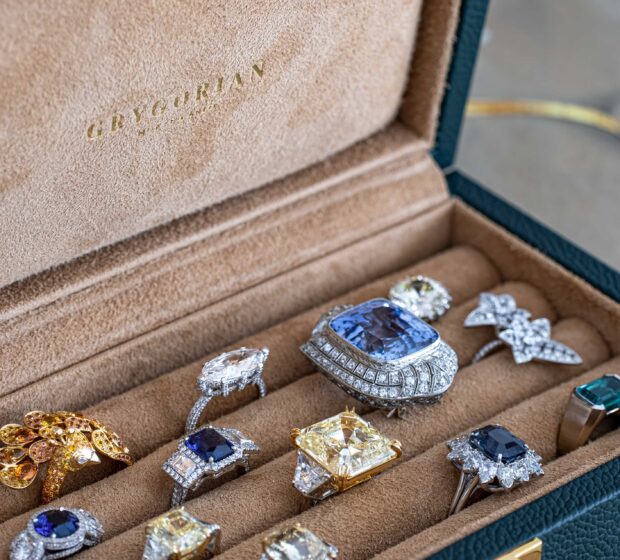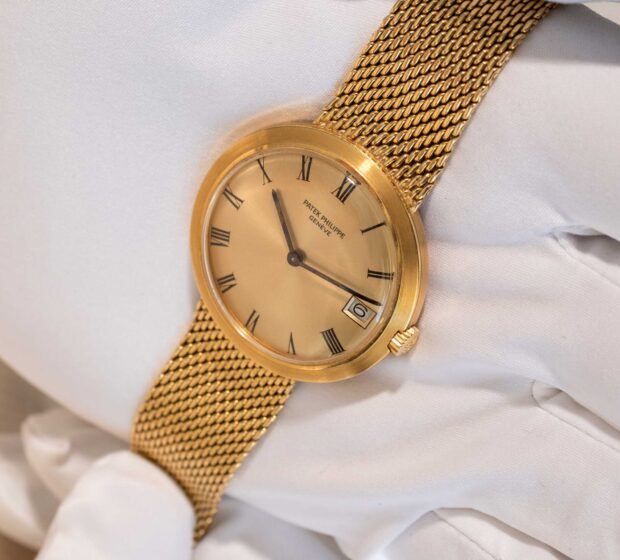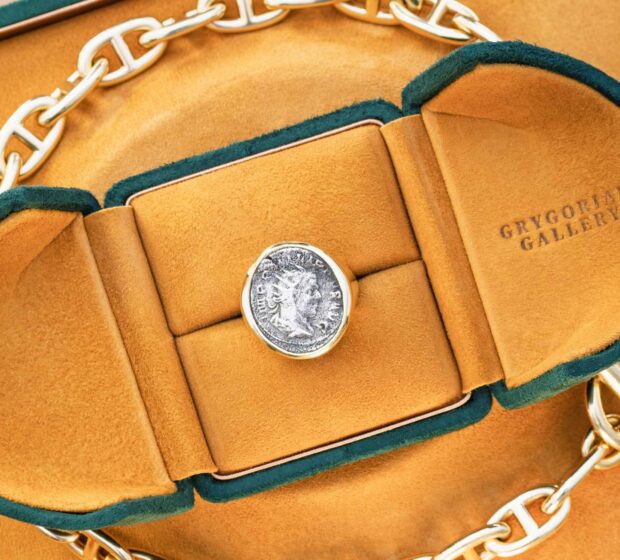Uncovering the History of Georgian Jewelry
In the golden glow of candlelit salons, where silk rustled and laughter sparkled like crystal, the jewelry of the Georgian era was born. Between 1714 and 1837, a period named for the reigns of four British kings named George, artisans shaped precious metals, pearls, and gemstones into wearable poetry. Today, these pieces are more than adornment—they are living echoes of a world defined by elegance, artistry, and the enduring allure of vintage inspired heritage.
The Dawn of Georgian Jewelry: A World in Transformation
The 18th century was a time of profound change, with pearls adorning jewelry that marked the evolution of fashion and society. The Enlightenment swept across Europe, igniting revolutions in science, philosophy, and the arts. The aristocracy, ever eager to display their taste and status, turned to estate jewelry as a canvas for self-expression. Georgian jewelry, with its intricate craftsmanship and romantic motifs, became the silent language of the elite—a language that still whispers through the centuries.
To understand Georgian jewelry is to step into a world where every piece tells a story. Each ring, brooch, and necklace is a testament to the era’s values: grace, refinement, and a reverence for the natural world. The pieces that survive today are not merely relics; they are vibrant artifacts, imbued with the spirit of their time.
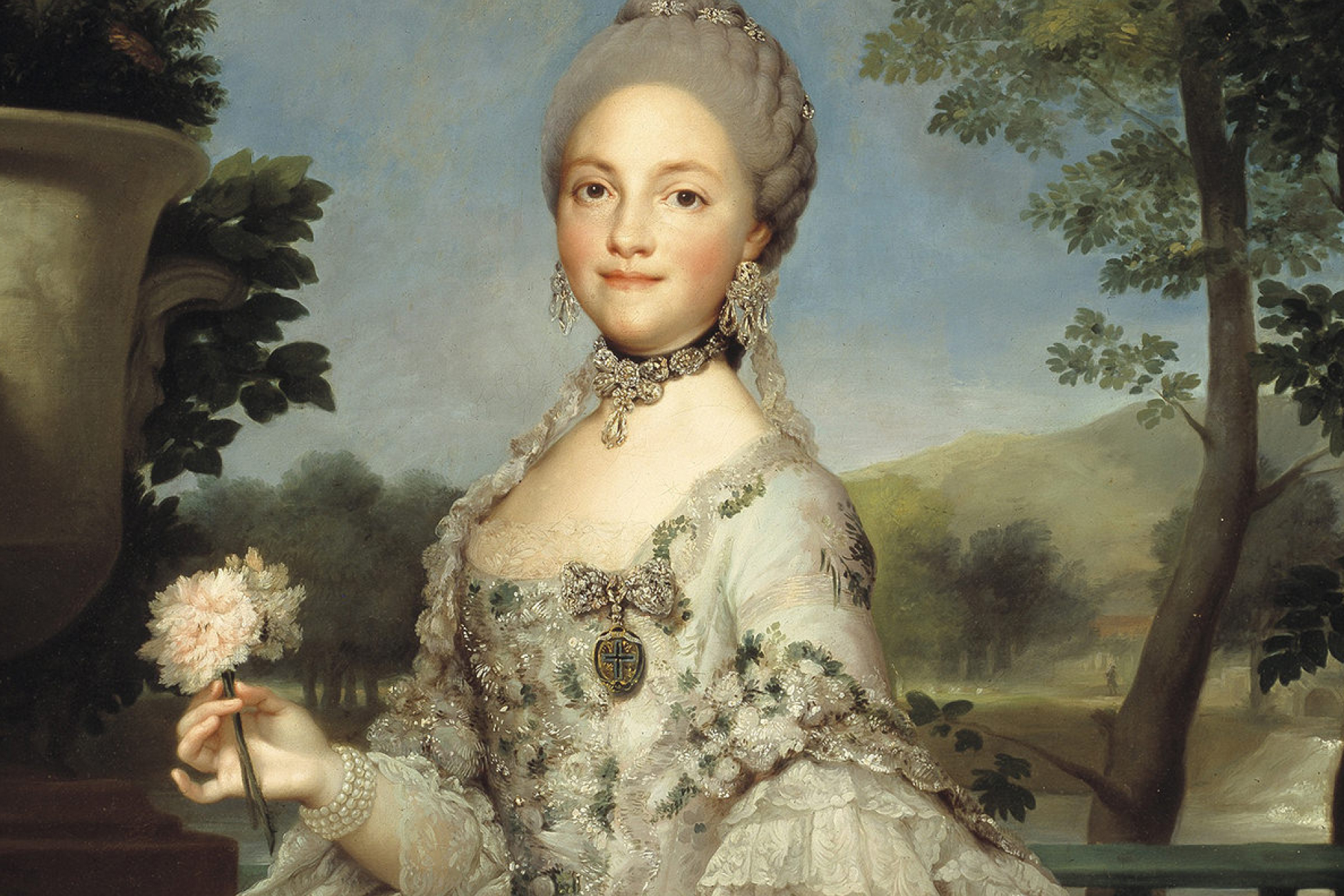
The Artistry of the Georgian Goldsmith
At the heart of Georgian jewelry lies the goldsmith’s art. Unlike the mass-produced pieces of later eras, each item was meticulously handcrafted, often using yellow gold for its rich and regal appearance. Gold, often alloyed to create a warmer hue, was shaped and chased into delicate forms. Silver, and at times platinum, prized for its ability to enhance the brilliance of diamonds, was frequently used as a setting.
The techniques of the Georgian jeweler were as varied as they were ingenious. Repoussé—hammering metal from the reverse to create raised designs—allowed for intricate, sculptural effects. Cannetille, a filigree technique involving fine gold wire, lent an ethereal lightness to brooches and earrings. Enameling, both opaque and translucent, added vibrant color and depth.
Gemstones, including opal, garnet, amethyst, and aquamarine, were set in closed-back mounts, often with foil behind the stone to intensify its color and sparkle. This method, while less common today, gives Georgian jewels their distinctive, almost otherworldly glow—a secret fire that flickers with every movement.
The Language of Motifs: Nature, Sentiment, and Symbolism
Georgian jewelry is a lexicon of symbols, each motif chosen with care and intention. The natural world, newly appreciated through the lens of Enlightenment science, provided endless inspiration. Flowers, leaves, and vines twined across necklaces and bracelets, rendered in gold and colored stones. Birds, butterflies, and serpents—emblems of love, transformation, and eternity—adorned engagement rings and diamond rings, often alongside vibrant garnet stones.
Sentimentality was woven into the very fabric of Georgian adornment. Lovers exchanged rings inscribed with tender messages, their words hidden from all but the wearer. Mourning jewelry, set with jet or black enamel, preserved the memory of lost loved ones. Miniature portraits, locks of hair, and even tiny painted eyes became intimate tokens, cherished for a lifetime.
The symbolism extended to the choice of stones. Diamonds, with their unyielding brilliance, spoke of constancy and strength. Garnets, rubies, and amethysts carried meanings of passion, devotion, and wisdom. Pearls, with their soft luster, evoked purity and innocence.
The Evolution of Style: From Rococo to Neoclassicism
The Georgian era was not static; its jewelry evolved in response to shifting tastes and cultural currents, laying the foundation for the subsequent Edwardian style. Early Georgian pieces, influenced by the exuberance of the Rococo, were ornate and asymmetrical. Scrolls, shells, and floral sprays abounded, their forms echoing the playful elegance of the period’s architecture and decorative arts.
By the mid-18th century, the discovery of ancient Roman and Greek sites sparked a fascination with classical antiquity. Jewelry design shifted towards symmetry, restraint, and geometric forms, paving the way for the later development of art deco influences. Cameos and intaglios, carved from agate, coral, or adorned with garnet, became highly prized. Greek key patterns, laurel wreaths, and urns adorned brooches and rings, reflecting a new aesthetic of order and harmony.
This neoclassical influence reached its zenith in the late Georgian period, as the world prepared to enter the Regency and Victorian eras. Yet even as styles changed, the commitment to craftsmanship and meaning remained unwavering.
The Allure of Georgian Diamonds
No discussion of Georgian jewelry is complete without mention of its diamonds. The 18th century saw the rise of the brilliant cut, designed to maximize the play of light within the stone. Old mine cuts, cushion-shaped and hand-faceted, were set in silver-topped white gold to enhance their scintillation.
Diamonds, often paired with pearls, were arranged in clusters, forming floral sprays or starbursts. The closed-back settings, lined with foil, created a mesmerizing effect—each stone seemed to glow from within, alive with the warmth of candlelight. These jewels were designed to dazzle in the intimate glow of evening gatherings, their beauty revealed in flickering shadows.
Colored gemstones, too, found their place in Georgian design, with amethyst, aquamarine, opal, and ruby being particularly popular choices. Sapphires, emeralds, and garnets were set alongside diamonds, their hues deepened by the foil-backed technique. The result was a palette of color and light, as vibrant today as it was centuries ago.
The Personal Touch: Customization and Intimacy
One of the most enchanting aspects of Georgian jewelry is its deeply personal nature. Unlike the standardized pieces of later periods, Georgian jewels were often commissioned for specific occasions—betrothals, weddings, anniversaries, and mourning. Each piece was tailored to the wearer’s taste and story, resulting in a remarkable diversity of designs.
Acrostic jewelry, in which the first letter of each gemstone spelled out a secret message (such as “REGARD” or “DEAREST”), became a popular way to express affection. Lockets and diamond rings concealed miniature portraits or locks of hair, preserving the memory of a loved one close to the heart.
This intimacy is palpable in every Georgian piece, much like modern engagement rings that carry personal stories and significance. To wear such a jewel is to participate in a centuries-old tradition of love, remembrance, and artistry—a vintage inspired tradition that continues to inspire collectors and connoisseurs today.
The Enduring Legacy of Georgian Jewelry
What is it about Georgian jewelry that continues to captivate us? Perhaps it is the sense of history, the knowledge that each piece has witnessed the unfolding of centuries. Perhaps it is the artistry, the evidence of hands that shaped gold and stone with patience and skill. Or perhaps it is the poetry—the way these jewellery pieces speak of love, loss, and the beauty of the natural world.
For collectors and enthusiasts, Georgian jewelry represents the pinnacle of heritage and craftsmanship. Each piece is unique, a singular expression of its maker’s vision and its wearer’s story. To own a Georgian jewel is to become a steward of history, entrusted with the care of a precious legacy.
Caring for Georgian Treasures
Owning a piece of Georgian jewellery is both a privilege and a responsibility. These jewels, though resilient, require thoughtful care to preserve their beauty for future generations. The closed-back settings, while enchanting, are vulnerable to moisture and should be kept dry, much like a delicate pearl. Gentle cleaning with a soft cloth is recommended, and professional restoration should be entrusted only to experts familiar with antique techniques.
When worn, Georgian jewelry should be treated with the same reverence it inspires. Avoid exposure to harsh chemicals, extreme temperatures, and physical stress. Store each piece separately, ideally in a lined box, to prevent scratches and damage.
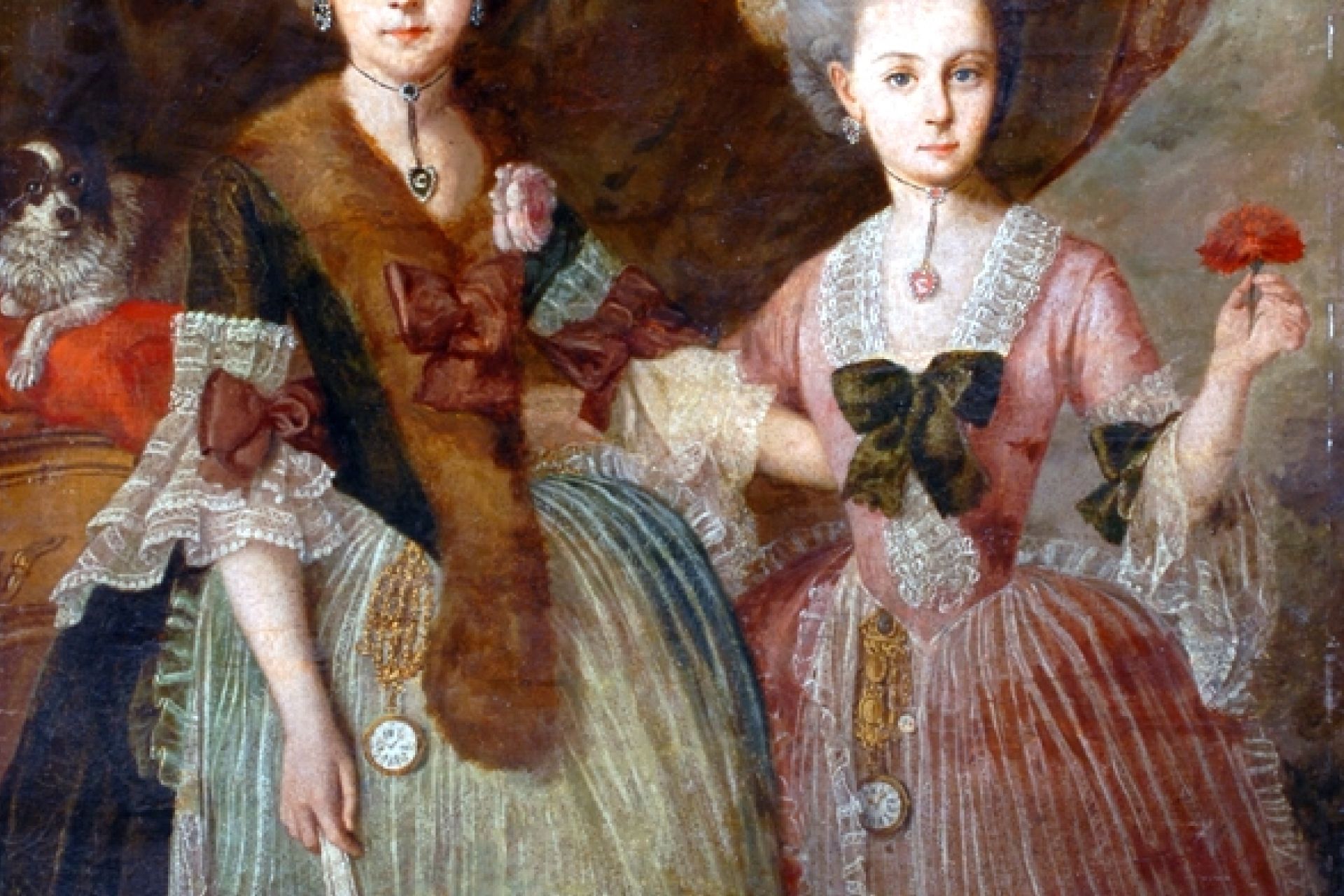
Georgian Jewelry in the Modern World
In an age of mass production and fleeting trends, Georgian jewelry stands as a beacon of authenticity and artistry. Its appeal transcends time, resonating with those who value heritage, individuality, and the poetry of the past.
Modern designers continue to draw inspiration from Georgian motifs, art deco influences, Edwardian elegance, and techniques, reinterpreting them for a new generation. Yet there is no substitute for the originals—the weight of history, the patina of age, the sense of connection to lives long past.
For those seeking to add a piece of Georgian grace to their collection, the journey is as rewarding as the destination. Each jewel is a discovery, a window into a world of beauty and meaning. Whether worn as a statement or cherished as a keepsake, Georgian jewelry invites us to celebrate the enduring power of art and memory.
Discover Georgian Masterpieces at Grygorian Gallery
At Grygorian Gallery, we are passionate about preserving and sharing the legacy of Georgian estate jewelry. Our curated catalogue of vintage jewelry offers a rare opportunity to own a piece of history—each item selected for its beauty, craftsmanship, and provenance.
We invite you to explore our collection, where Georgian rings, brooches, ruby pieces, garnet pieces, amethyst pieces, aquamarine jewelry, pearl adornments, and necklaces await their next chapter. Whether you are a seasoned collector or a newcomer to the world of antique jewelry, our experts are here to guide you in finding the perfect piece—one that resonates with your own story and style.
Conclusion: The Timeless Allure of Georgian Grace
Georgian jewelry is more than an artifact; it is a living testament to the artistry, sentiment, and spirit of an extraordinary era. Its distinctive styles—shaped by the hands of master goldsmiths, inspired by the wonders of nature, and imbued with personal meaning—continue to enchant and inspire.
To wear a Georgian jewel is to carry a fragment of history, to participate in a tradition of beauty and craftsmanship that spans centuries. It is an invitation to celebrate the poetry of the past, to honor the heritage of those who came before, and to create new memories for generations to come.
At Grygorian Gallery, we honor this legacy with every piece we offer. We invite you to discover the grace, elegance, and enduring charm of Georgian jewelry—a world where art and history are forever entwined, and where every jewel tells a story worth cherishing.

